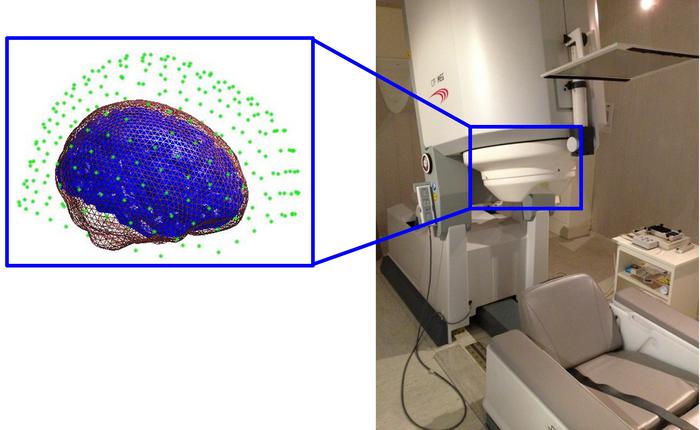Scientists studying high school football players have uncovered a previously overlooked pattern of brain activity changes following concussions, offering new perspectives on how these injuries affect developing brains. The research reveals that what was once dismissed as background “noise” in brain scans may actually provide crucial insights into concussion symptoms and recovery.
Published in Radiological Society of North America Annual Meeting Proceedings | Estimated reading time: 4 minutes
Most brain studies focus on rhythmic brain signals that control functions like attention and movement. However, this new research examines the brain’s “background noise”—technically known as aperiodic activity—which scientists are discovering plays a vital role in brain function.
“While it’s often overlooked, aperiodic activity is important because it reflects brain cortical excitability,” explains Dr. Christopher T. Whitlow, Distinguished Professor at Wake Forest University School of Medicine. This excitability is fundamental to cognitive functions including learning, memory, and even sleep patterns.
The research team tracked 91 high school football players throughout their season using magnetoencephalography (MEG), a sophisticated imaging technique that measures the magnetic fields produced by the brain’s electrical currents. Of these athletes, ten were diagnosed with concussions during the season. By comparing pre- and post-season brain scans, the researchers found that concussed players showed notably slowed aperiodic activity.
This slowing wasn’t just a technical observation—it correlated strongly with players’ cognitive symptoms and test scores after their concussions. The affected brain regions coincided with areas containing chemicals previously linked to concussion symptoms like impaired concentration and memory.
“This study is important because it provides insight into both the mechanisms and the clinical implications of concussion in the maturing adolescent brain,” notes Dr. Alex I. Wiesman, assistant professor at Simon Fraser University. The findings could transform how doctors monitor concussion recovery and potentially lead to new treatment approaches.
These results underscore the importance of taking concussions seriously in youth sports. “It highlights the importance of monitoring kids carefully after any head injury and taking concussions seriously,” Dr. Whitlow emphasizes. The research team stresses that young athletes should always take sufficient time to recover fully before returning to any sport.
Key Terms Glossary
- Aperiodic activity: Non-rhythmic brain signals previously considered “background noise” but now understood to be important for brain function
- Cortical excitability: How readily neurons in the brain’s outer layer respond to stimulation, affecting functions like learning and memory
- Magnetoencephalography (MEG): A brain imaging technique that measures the magnetic fields produced by the brain’s electrical activity
Quick Quiz
What new aspect of brain activity did this study examine?
The study focused on aperiodic activity (non-rhythmic brain signals), which was previously overlooked as background noise but appears important in concussion effects.
How many football players were studied, and how many had concussions?
The study tracked 91 high school football players, of whom 10 were diagnosed with concussions during the season.
What did the researchers discover about concussed players’ brain activity?
Players who sustained concussions showed slowed aperiodic activity, which correlated with worse cognitive symptoms and test scores.
What are the practical implications of this research?
The findings could lead to new ways of diagnosing and monitoring concussions, and emphasize the importance of allowing full recovery before returning to sports.
Enjoy this story? Subscribe to our newsletter at scienceblog.substack.com.


